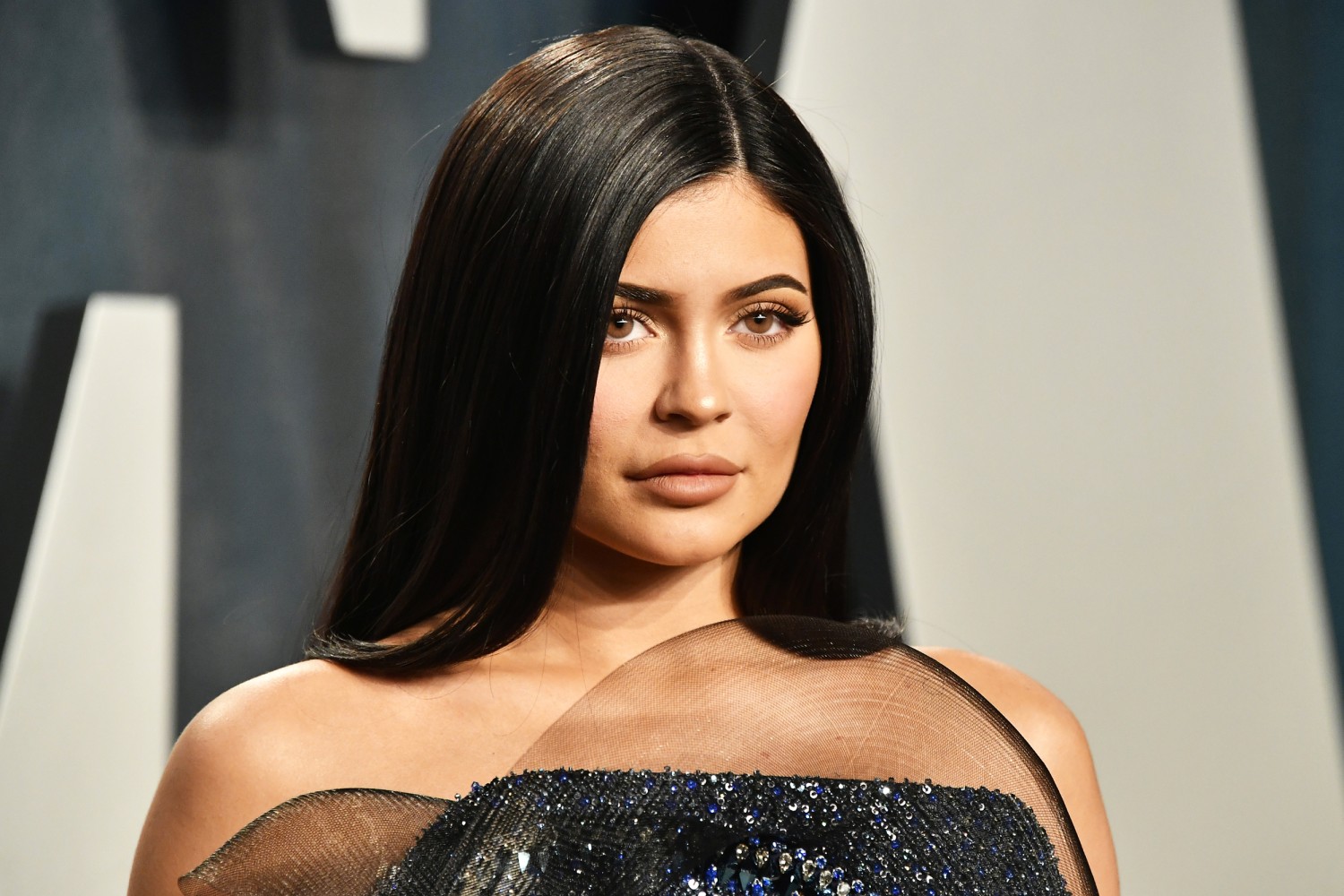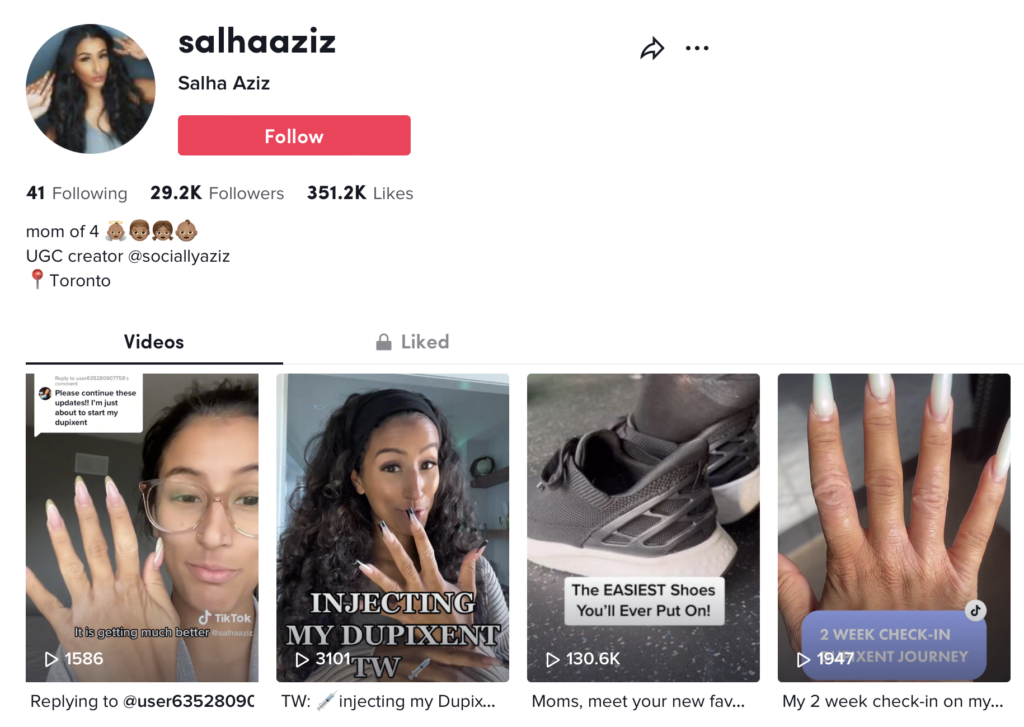When you hear the word ‘influencer’, what comes to mind? For most, it may be the current social media sensation, such as Alix Earle (@alix_earle) or Noah Beck (@noahbeck). But there is more than meets the eye to this industry, and it contains a wider variety of content creator that one might think.
Over the past few years, influencer marketing has slowly become a multi-billion dollar industry, standing at $13.1 billion at the end of 2021 (Statista, 2022). The basic idea is to take an influential presence on social media, and use this person to promote products, services, or brands as a whole to their audiences. With influencer marketing, general goals include raising brand awareness, extending the reach of key promotions, and increasing sales of specific items.
There is no numerical follower count that one must have to officially be “an influencer”, however there are four defined ranges that help companies to categorize their potential brand ambassadors.
The Mega-Influencer

Mega-influencers are at the very top of the influencer pyramid. They have over one million followers, and often are considered to be celebrities with a very large amount of following. According to Gil Eyal, CEO and founder of HYPR Brands, “mega-influencers are often more famous than influential. They often have a very diverse audience with different topics of interest. Their relationships with the individual members of their followership tend to be more distant. They aren’t necessarily subject matter experts but they definitely provide a lot of reach in one hit,” (Eyal, 2018).
The Macro-Influencer

One step down, we find the macro-influencer. With a follower count between 100,000 to one million people, macro-influencers tend to have a slightly higher engagement rate but smaller reach than the former. “Unlike most mega-influencers, macro-influencers usually gained fame through the internet itself, whether that was through vlogging, or by producing funny or inspiring content,” (Shukla, 2018). Macro-Influencer collaborations allow brands to target a more specific consumer, but still reach a mass audience.
The Micro-Influencer

Third on the ranking pyramid is the micro-influencer. This category of influencer can have anywhere from 10,000 to 100,000 followers, and typically fits into a specific niche. Their area of expertise could be anything from gym workouts to vegan recipes to college life hacks. Choosing 1-3 key focuses for their content allows them to “connect with their community and know their followers well — similar to a friend or trusted confidante,” (Gagliardi, 2023).
The Nano-Influencer

Nano-influencers have the most modest follower count of the four levels, ranging from 1,000 to 10,000 followers. Though their reach may be the smallest, they do tend to have higher engagement rates due to the strong interpersonal relationship between the content creator and a small, like-minded group of followers. A benefit of this smaller audience means that “nano-influencers aren’t in the business of regularly recommending products – or getting paid for their reviews – when they do post about a product or service, it often comes across as more authentic or genuine,” (Ethos, 2023).
So what does this mean?
With these four main categories of influencers, there are many different routes to go down. On the high end of the spectrum, we have mega-influencers with reach to millions of people but an average engagement rate of 2.72%, while nano-influencers have under 10,000 followers but an engagement rate of 4.32% (Kaizen, 2023). So how do you choose which type work with?
Financially, nano- and micro-influencers are the least costly, as they have the smallest reach, just as macro- and mega-influencers are more expensive due to their high follower count.
As a basic guideline to go by, the larger the audience is, the less focused this group will be on the same thing. The product being promoted to this audience has to have a general appeal, which is why we see celebrities promoting water brands or car services. If a brand wants to market a niche product, the better fit a nano- or micro-influencer will be, as they can ensure the influencer’s audience matches the brand’s target market.
In today’s digital age, the most successful companies are utilizing influencer collaborations as part of their marketing strategies. By taking the time to do the research, brands can effectively find which type of influencer will deliver the results they want. And, with the barrier to entry of the influencer industry so low (nano-influencers can have only 1,000 followers!) it is entirely possible for anyone to give it a try!
References:
https://www.cmswire.com/digital-marketing/social-media-influencers-mega-macro-micro-or-nano/
https://www.ethos-marketing.com/blog/nano-influencers-social-media-marketing/
https://www.forbes.com/sites/forbestechcouncil/2022/03/01/macro-influencers-vs-micro-influencers-the-great-social-media-debate/?sh=4dc2fca15286
https://later.com/blog/micro-influencer-marketing/
https://www.statista.com/topics/2496/influence-marketing/#topicOverview